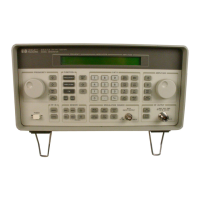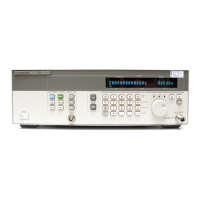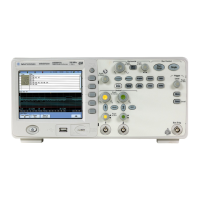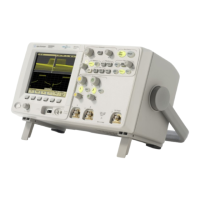91
S:\Hp8960\E1962B CDMA 2000\Pi Release\Reference Guide\Chapters\cdma2000_gen_bse_test.fm
IS-2000 Test Operating Mode
IS-2000 Test Operating Mode
When the test set is in IS-2000 test operating mode (as opposed to active cell operating mode) it is necessary
for the mobile station under test to be capable of independently performing operations that normally occur
through over-the-air signaling. This capability is referred to as test mode and is usually accomplished using
commands which are sent to the mobile station from a system controller (usually a personal computer)
through a proprietary digital interface. See <test mode paper>.
To make measurements on the reverse channel in test mode, the mobile station must first synchronize to the
test set’s forward pilot channel and demodulate the sync and paging channels. This is consistent with normal
system acquisition procedures and results in the mobile station reaching the mobile station idle state. In
active cell operating mode, the mobile station at this point would autonomously perform a power-up
registration after entering the idle state. A call could then be initiated, using over-the-air call processing, and
the fundamental channel would be established and maintained according to the applicable message protocol.
However, in test mode the test set and mobile station are directed to the same FCH (fundamental channel) by
the system controller or through manual user interfaces without over-the-air call processing.
Forward CDMA channels available in test mode
In test mode, the test set can be configured to transmit a forward channel that emulates a base station
operating in radio configuration (RC) 1, 2, 3, 4 or 5. See “Forward Channel Description” on page 755
Related Topics
• “CALL[:CELL]:OPERating”
• “How Do I Change Cell Information?” on page 664

